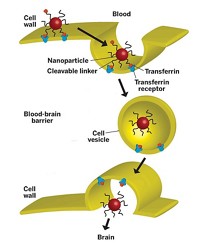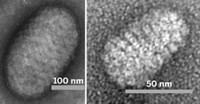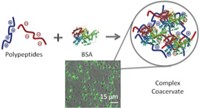Advertisement
Grab your lab coat. Let's get started
Welcome!
Welcome!
Create an account below to get 6 C&EN articles per month, receive newsletters and more - all free.
It seems this is your first time logging in online. Please enter the following information to continue.
As an ACS member you automatically get access to this site. All we need is few more details to create your reading experience.
Not you? Sign in with a different account.
Not you? Sign in with a different account.
ERROR 1
ERROR 1
ERROR 2
ERROR 2
ERROR 2
ERROR 2
ERROR 2
Password and Confirm password must match.
If you have an ACS member number, please enter it here so we can link this account to your membership. (optional)
ERROR 2
ACS values your privacy. By submitting your information, you are gaining access to C&EN and subscribing to our weekly newsletter. We use the information you provide to make your reading experience better, and we will never sell your data to third party members.
Materials
Sulfonium Polymers Deliver DNA Into Human Cells
Polymer Chemistry: Similar to nitrogen-based polymers, the new materials bind nucleic acids and form particles that can enter cells
by Leigh Krietsch Boerner
August 23, 2013

Introducing therapeutic nucleic acids into cells is a way to potentially fix the genetic causes of diseases such as Down’s syndrome and cystic fibrosis. Scientists have designed synthetic materials to deliver nucleic acids into cells, focusing mainly on nitrogen-based polymers. Now polymer chemists report a sulfonium-based macromolecule that can package DNA and slip into human cells (ACS Macro Lett. 2013, DOI: 10.1021/mz4002172).
Cells won’t take up nucleic acids unless they’re packaged in a certain way, says Timothy E. Long, a polymer chemist at Virginia Tech. Previous delivery polymers contain positively charged ammonium or guanidinium groups so the macromolecules can wrap up with negatively charged nucleic acids and form nanoparticles that cells readily accept.
Long and his coworkers wanted to see if a positively charged sulfonium-based polymer could condense DNA into such delivery particles.
They synthesized two types of sulfonium polymers and then tested each by mixing them with a plasmid containing the gene for an enzyme that produces bioluminescent molecules. After incubating the polymer-plasmid particles with human cells for a few hours, they looked at the cells under a light microscope to see how much of the glowing enzyme the cells had made. Although cells with sulfonium polymers only expressed about one-thousandth the amount of enzyme as those with nitrogen-based polymers, Long says, the study showed that additional types of polymers can potentially be used to escort DNA into cells.





Join the conversation
Contact the reporter
Submit a Letter to the Editor for publication
Engage with us on Twitter